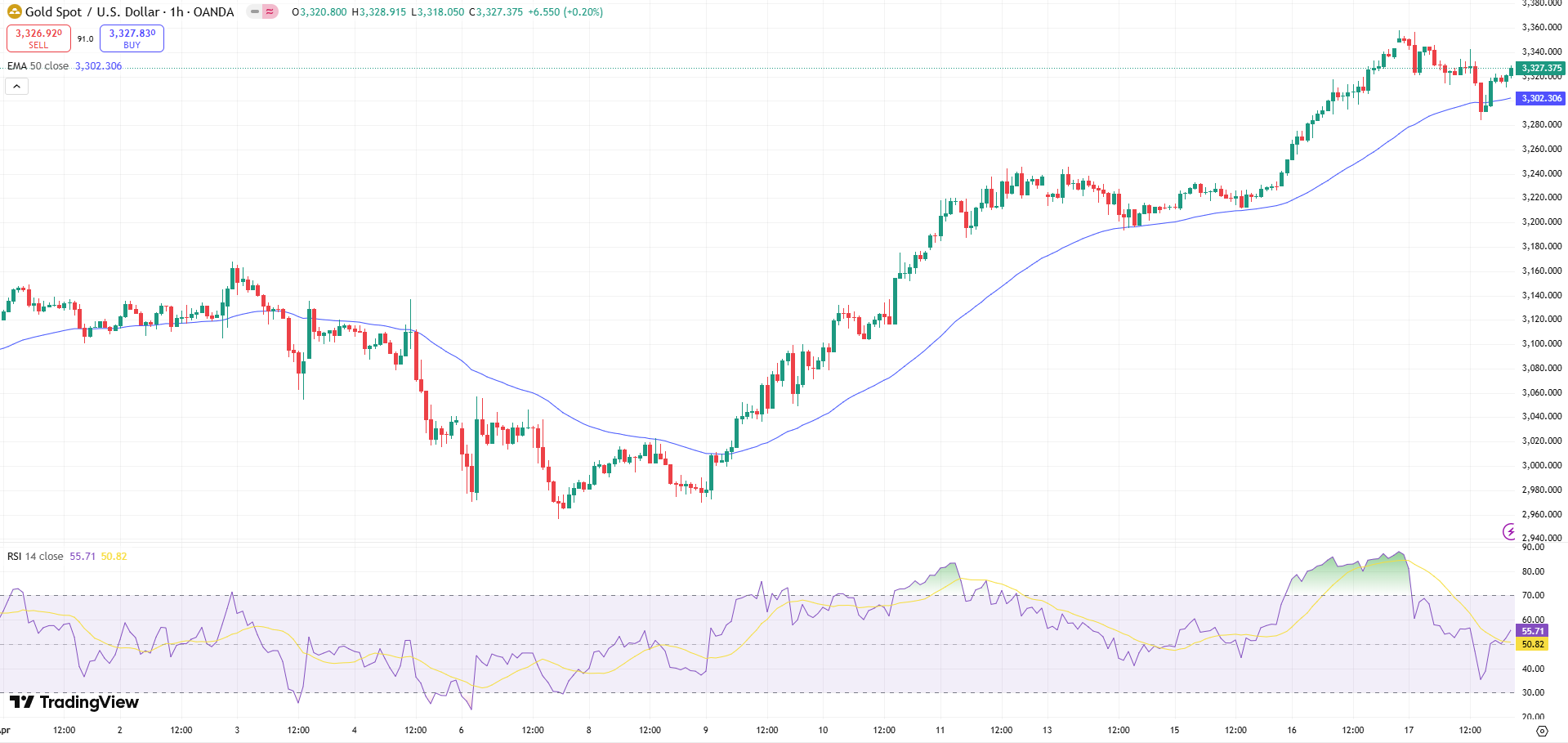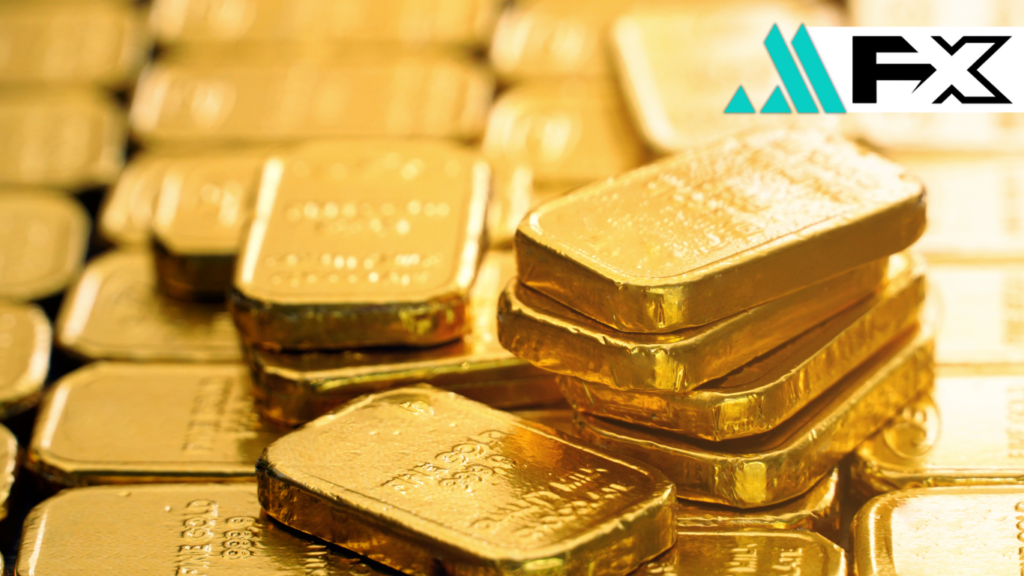A reserve currency or asset earns global trust not just through economic might, but by meeting a higher standard: institutional backing, deep liquidity, and consistent demand. According to recent commentary by UBS Global Research, gold embodies these traits more than any other metal in today’s volatile environment.
While UBS does not provide a formal checklist for what qualifies as a reserve currency, its analysis of precious metals reveals key investor behaviors that shape the designation. The consistent demand for gold—especially from central banks and institutional investors—suggests a deeper trust in its long-term value.
This trust isn’t simply about price performance. It reflects structural and political realities. In times of crisis, capital flows toward assets that are not only stable but endorsed by sovereign actors. In 2024, that asset remains gold.
Gold’s Enduring Appeal vs. Silver
UBS highlights a significant divergence in investment flows between gold and silver. Despite both markets experiencing constrained supply:
- Gold ETF holdings have increased, signaling institutional confidence
- Silver ETF holdings remain flat, despite similar supply-side tightness
Investor hesitancy toward silver, platinum, and palladium can be traced to a lack of policy relevance. Gold, in contrast, benefits from official sector support, including central banks steadily adding to reserves—a feature that reinforces its standing as a reliable reserve asset.
Silver’s primary demand remains industrial, and without significant institutional sponsorship, it struggles to match gold’s defensive allure. UBS notes that the white metals’ lack of consistent flows underscores their limited appeal as strategic hedges.
Institutional Demand Sets Gold Apart
UBS’s research indicates that platinum and palladium face even steeper barriers. Both metals are mired in:
- Thin market liquidity
- High sensitivity to industrial cycles
- Lack of sovereign-level accumulation

Platinum lacks a new demand catalyst, and palladium remains overly exposed to the auto sector’s fortunes. While UBS concedes some short-term upside due to structural supply deficits, neither metal attracts the long-term strategic demand that characterizes reserve assets.
In essence, gold’s value proposition is rooted in reliability. Central banks don’t just buy gold for yield—they acquire it for resilience, stability, and its historical role in hedging macroeconomic risk. Silver and the white metals, for all their scarcity, remain speculative by comparison.
Conclusion:
A reserve asset must be more than scarce or valuable—it must be trusted. Gold continues to command that trust, while silver, platinum, and palladium fall short of the institutional and sovereign demand required to earn reserve status.


